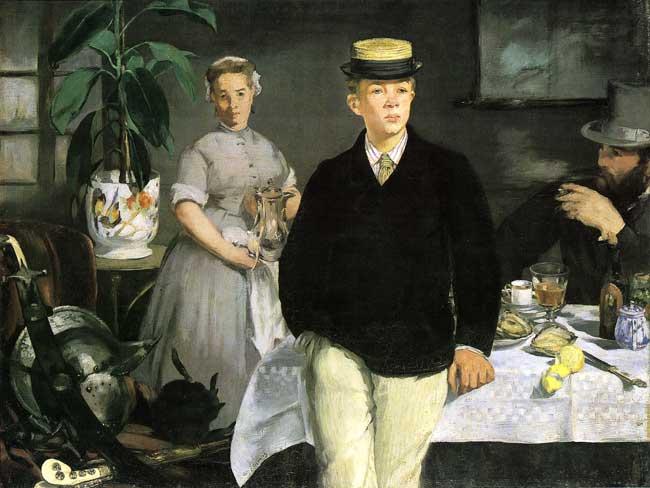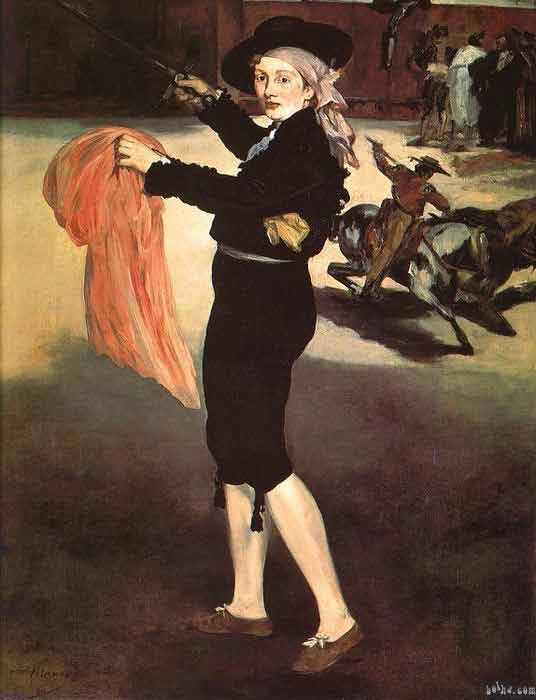On 4 Jul, 2011 With
What Édouard Manet learned from the OLD MASTERS? Manet’s composition reveals his study of the old masters, as the disposition of the main figures is derived from Marcantonio Raimondi’s engraving The Judgement of Paris (c. 1515) after a drawing by Raphael. Scholars also cite two works as important precedents for Manet’s painting Le déjeuner sur l’herbe, The Pastoral Concert, 1508, by Giorgione or possibly Titian (in the Louvre) and Giorgione’s The Tempest, both of which are famous Renaissance paintings. The Tempest also features a fully dressed man and a nude woman in a rural setting, as an important precedent for Manet’s painting Le déjeuner sur l’herbe. The painting Pastoral Concert, even more closely resembles Le déjeuner sur l’herbe, featuring two…
Read More
On 31 May, 2011 With
Manet’s Oil Painting Technique How to Paint in Oils Manet’s use of juxtaposed areas of dark tone, and his use of black-as a colour, and not as a tone (which are characteristics of much of his work, particularly of the 1860s) was wholly different from that of’ many of’ his contemporaries and demonstrates a very different technical procedure. Many mid -19th century painters favoured the use of bitumen, because of its beautiful, transparent brown colour. They loaded canvases with this unstable pigment and produced works which were superficially dramatic and flashy. The comments of Quentin Bell, although he is talking specifically of mid – l9th century British painters, are equally relevant to many French artists. He uses the term “slosh”…
Read More
On 5 May, 2011 With
Manet’s Oil Painting Technique Manet’s Oil Painting Technique technique was not, in fact, radically innovative, but the context in which it was presented challenged established tradition. Manet responded to Couture’s attitude to rapid execution and to the ebauche, because it permitted an immediate response to the idea, the image growing under the brush and the immediate rendering of a moment of contemporary life. Whereas Couture would present in public only “finished” paintings, in which the initial statement had been modified, Manet. was prepared to regard ebauche methods as yielding the finished statement. Thus, although he manipulated his paint surface, each layer was executed in alla-prima technique, and retained a fluid and personalised painterly appearance. Manet favoured the use of opaque…
Read More
On 27 Oct, 2010 With
A rare self portrait by Edouard Manet’s has sold for more than £22 million at auction, in a record sale for the artist By Andrew Hough The painting, “Self Portrait with a Palette”, was bought for a record price by New York dealer Franck Giraud, who was bidding at the Sothebys sale, in central London. The Manet was among 51 lots in Sotheby’s sale of Impressionist and modern works at the start of a series of auctions in London over the coming fortnight. Three lots sold for more than £10 million including the 1878 Manet, one of only two self-portraits he painted. It shows the artist dressed as a Parisian dandy, rather than as a working artist. It was created at a…
Read More



